
Healthcare stocks are traditionally known for offering stability during uncertain times. Yet over the past year, the sector has defied that reputation, falling by 29%, making it the worst-performing sector in the S&P 500. This dramatic downturn has prompted traders and investors to reassess what went wrong and whether this pullback could present a long-term opportunity.
Fundamentally, healthcare demand remains strong. An aging global population, increasing cases of chronic illness, and a universal need for medical services provide a solid foundation for consistent sector growth.
Even during economic downturns, people continue to require medical attention, medications, and healthcare-related services. However, despite this dependable backdrop, the sector has faced a string of challenges that weighed heavily on its performance over the last twelve months.
One major source of pressure has been rising healthcare costs. Companies like UnitedHealth Group were caught off guard by a surge in post-pandemic medical visits, particularly from older patients. This unexpected increase in service usage drove medical costs sharply higher, significantly eroding profit margins. The resignation of UnitedHealth’s CEO and the company’s subsequent downgrade of its earnings outlook added to investor anxiety.
Nevertheless, UnitedHealth continues to demonstrate resilience in several key areas. Its revenue surpassed $400 billion in 2023, and the company is actively working on strategies to manage expenses and improve profitability. Plans include recalibrating premium pricing and refining cost-control mechanisms to optimize efficiency.
The company is on firm ground financially, with strong cash flow supporting both dividends and ongoing operations. However, its debt levels have risen to $76.9 billion, a notable increase from a decade ago, and will need to be managed prudently moving forward.
For traders seeking value, UnitedHealth’s current position might be attractive. Its forward price-to-earnings ratio of 13.2 suggests the stock is undervalued, with its intrinsic value estimated at around $570 per share. If management successfully executes its cost-control plans, UnitedHealth’s stock may rebound when broader market sentiment stabilizes.
Novo Nordisk presents a contrasting but equally compelling case. The Danish pharmaceutical leader experienced rapid revenue growth due to blockbuster diabetes and weight-loss treatments. Profit margins soared to 48%, placing Novo well ahead of its peers.
Yet, even with this strong performance, the company faces headwinds, including heightened investor expectations, regulatory dependencies, and growing competition, particularly from rivals like Eli Lilly.
Novo Nordisk’s debt climbed above $14 billion in 2023 following its acquisition of three Catalent manufacturing sites, a move that strengthens long-term production capabilities but adds near-term financial risk.
Fortunately, the company’s robust cash flow allows it to sustain growth investments and shareholder returns. Its return on invested capital consistently exceeds its cost of capital, underscoring management efficiency. Analysts currently estimate Novo’s intrinsic value to be around $150 per share, compared to a current trading price near $80. While its forward P/E ratio of 19.5 is higher than UnitedHealth’s, it remains justified by stronger projected growth.
The healthcare sector’s recent struggles have not undermined its long-term potential. The broader macroeconomic environment, including persistent inflation, geopolitical uncertainty, and trade tensions, could steer investors back toward defensive sectors like healthcare.
Despite near-term volatility, the foundational strength of healthcare remains intact. This downturn may represent a strategic opportunity for traders willing to tolerate short-term noise in favor of long-term gains.
That said, selectivity is crucial. UnitedHealth’s growing debt load and Novo Nordisk’s reliance on regulatory approvals introduce specific risks. But with valuations looking compelling and future demand likely to increase, healthcare stocks are well-positioned to regain traction in the coming months.
Price Movements for the Week
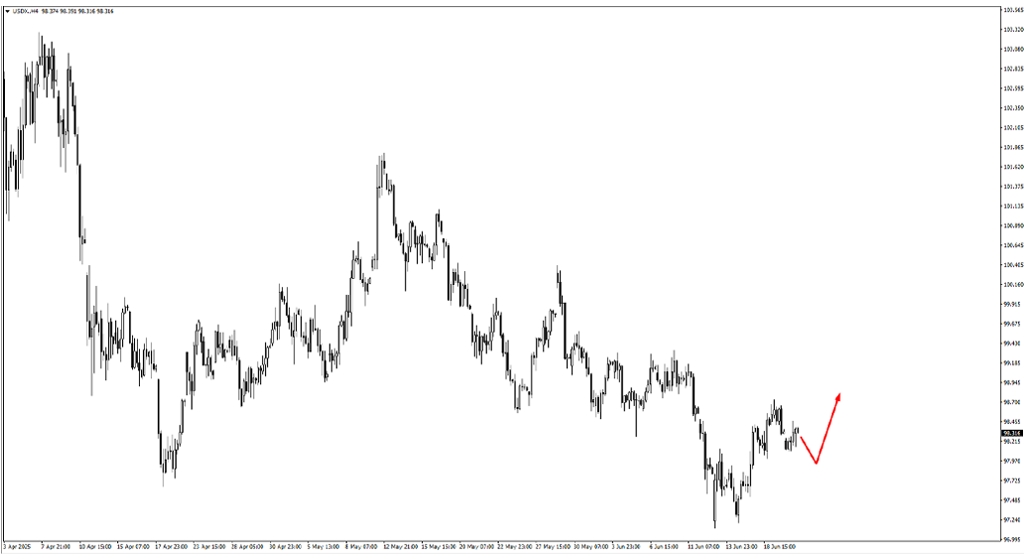
The US Dollar Index recently climbed from the 98.20 area, though buying momentum has since softened. The 97.70 region now serves as an important level for a potential bullish resurgence, while any upward break may aim for the 99.00 mark.
EUR/USD has broken above the 1.15297 level, signaling a possible bullish phase, although caution is advised near 1.1550 where sellers could emerge. If retracement begins, the 1.1420 level becomes the key support to watch.
GBP/USD is trading near strong resistance at 1.3510. Market behavior around 1.3485 could signal a short-term direction. If upward momentum continues, 1.3560 becomes the next key zone, while support rests near 1.3360 and 1.3315.
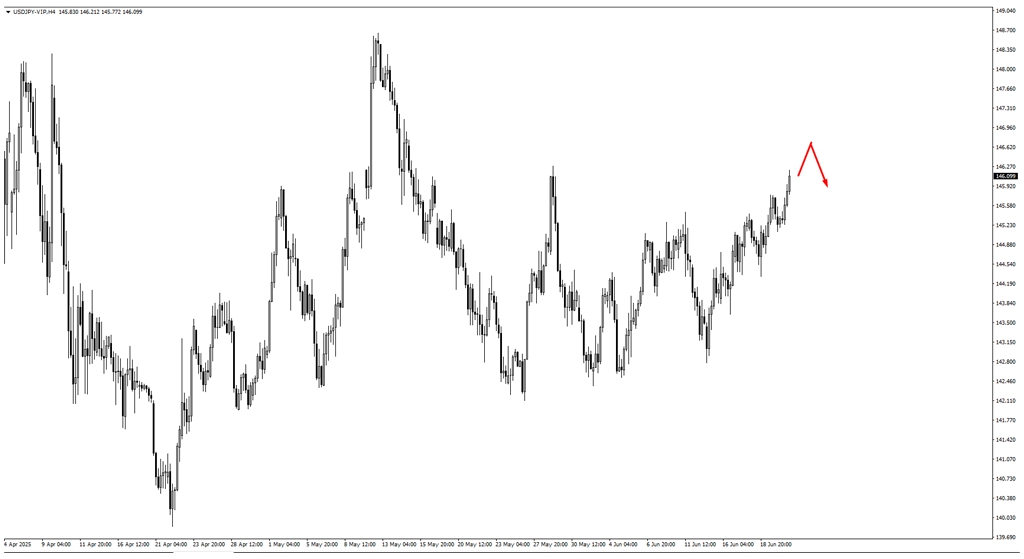
USD/JPY remains in a bullish trajectory after recently testing the 145.75 resistance area. Further gains may face resistance at 146.55.
For USD/CHF, prices are hovering around 0.8220. Although slight gains are possible, this zone could again attract sellers.
AUD/USD faces resistance at 0.6500 and is nearing a crucial trendline test. Price action at that level may determine whether bulls or bears take control.
NZD/USD has pulled back from 0.6025, with potential further weakness toward 0.5940 and possibly 0.5900.
USDCAD has remained resilient, and after limited resistance at 1.3715, the next zone to monitor is 1.3795.
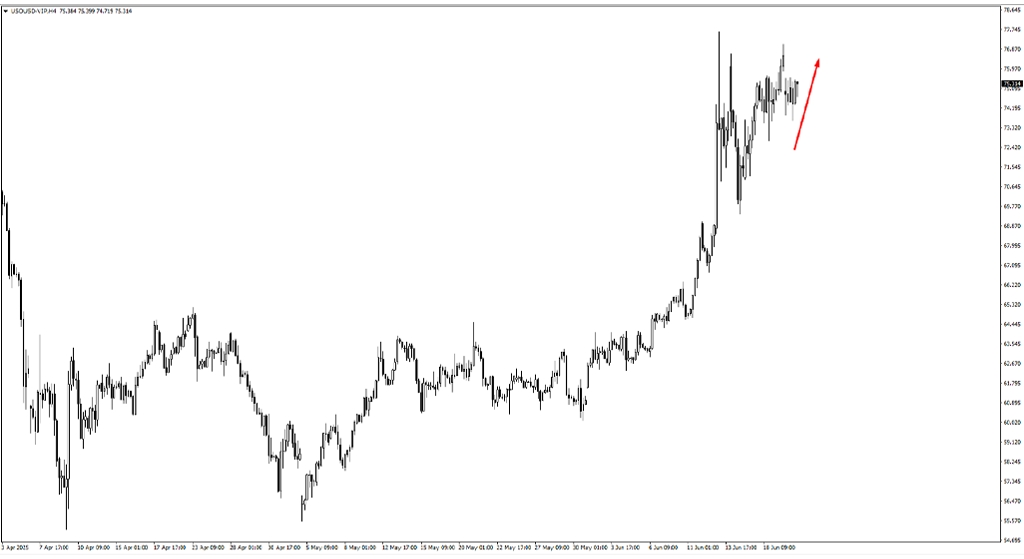
The oil prices remain volatile amid rising tensions involving the U.S. and Iran. If the rally continues, $83.90 stands out as the next resistance level.
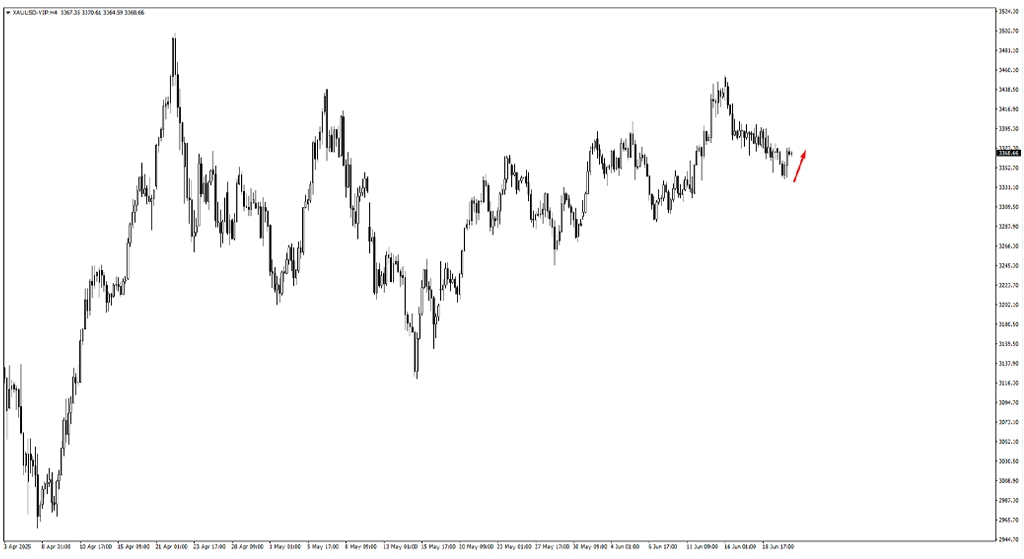
Gold appears to have found a base at $3330, with a potential upside toward $3410, especially if geopolitical risk continues to rise.
The S&P 500, meanwhile, is experiencing pressure, with key support at 5810 now in focus.
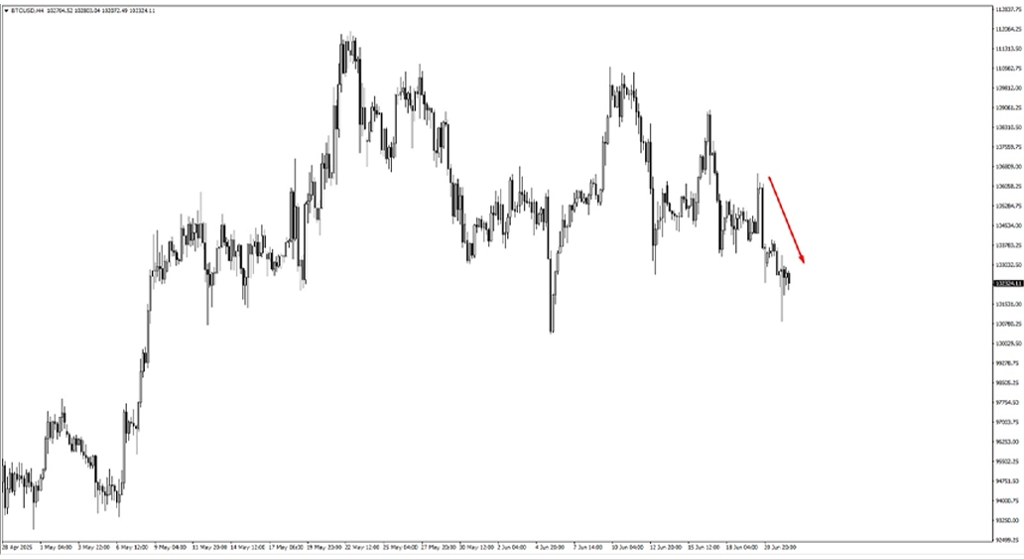
Bitcoin has corrected sharply from 106,825 and recently broke through the 103,358 support. With geopolitical risks casting shadows over crypto markets, a break below 100,396 could trigger further consolidation or decline.
Natural gas, after retreating from the 4.06 resistance area, is now approaching 3.57. This level will be crucial for determining its next move.
Key Events of the Week
On Monday, all eyes will be on flash PMI data from Europe, the UK, and the U.S. German manufacturing and services readings are expected to show modest improvement, which could support the euro early in the week. Similarly, UK PMIs are expected to rise slightly, potentially boosting the pound. In contrast, U.S. PMI figures are forecasted to decline slightly, which could put the dollar under pressure.
Tuesday’s Canadian CPI reading is expected to rise by 0.5% after a prior month’s decline. A sharp move in USDCAD could follow, although any upside may be short-lived.
On Wednesday, Australian CPI is due, and with inflation projected to hold steady at 2.4%, markets will be watching closely for cues on RBA policy direction.
Thursday brings the U.S. final GDP print, forecasted to stay at -0.2%. With expectations already baked in, traders will likely focus more on market structure than on the headline.
Finally, on Friday, the U.S. Core PCE Price Index is expected to remain flat at 0.1%, and while unlikely to shock markets, it will still play a role in shaping inflation sentiment.
This week offers a crucial opportunity for traders to reassess positions across sectors. Healthcare may be down, but not out, and for many, this may be the moment to start positioning for the next recovery.
Start your trading journey with VT Markets and stay ahead of global trends.







